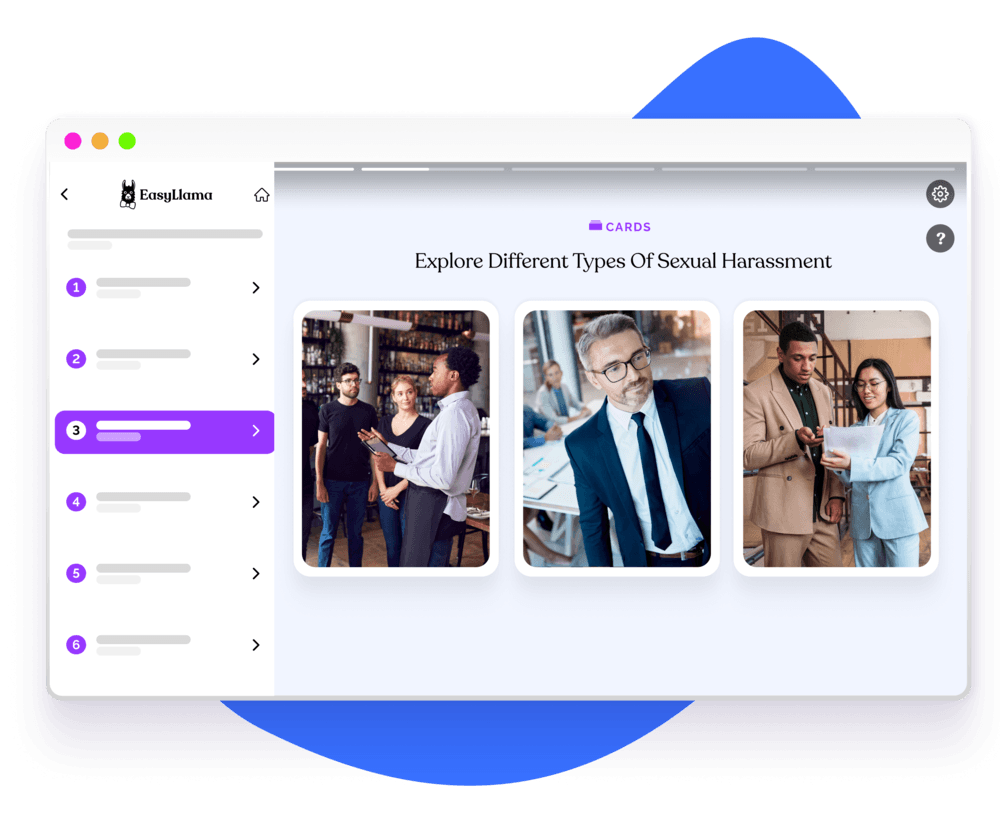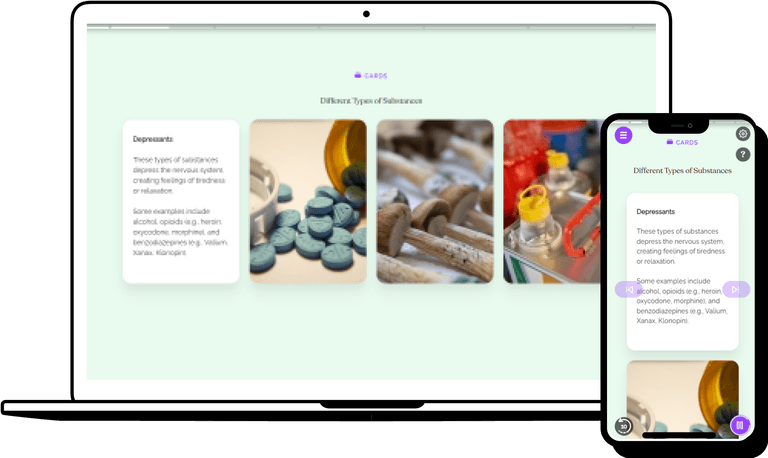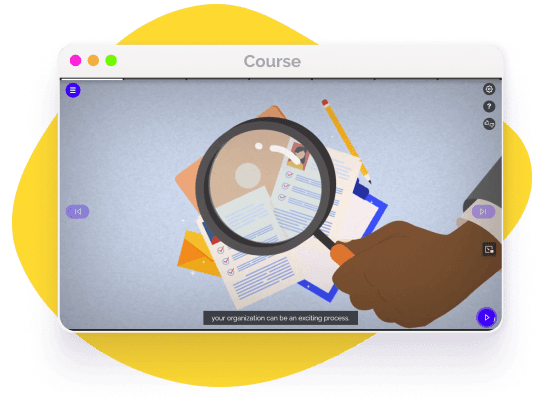Other Types of Harassment and Discrimination
Unconscious bias and discrimination against protected characteristics are just two examples of other types of harassment and discrimination that can exist in the workplace. It is important for employers to be aware of these issues and take steps to prevent and address them.

Unconscious Bias in the Workplace
Unconscious bias in the workplace is a form of implicit bias which involves making decisions or judgments without conscious thought, based on preconceived notions or stereotypes. It can lead to a lack of diversity, and can create an environment in which employees feel judged or excluded based on their gender, race, religion, or other personal characteristics. Unconscious bias can lead to unfair hiring and promotion practices, and can create a hostile work environment that is not conducive to collaboration or creativity. By recognizing and addressing unconscious bias, organizations can create more positive and equitable workplaces.

Impact of Disability Discrimination in the workplace
Disability discrimination in the workplace can have a serious negative impact on the lives of those affected. It can lead to job loss, lower wages, and difficulty finding new employment. It can cause psychological harm and create an atmosphere of exclusion and mistrust. Disability discrimination has the potential to drastically limit opportunities and negatively affect the productivity and morale of employees.

Discrimination in the workplace is a serious issue that can have an adverse effect on an organization’s culture and performance. To ensure a safe and productive working environment, organizations should implement best practices to reduce workplace discrimination.
Providing diversity and inclusion training to employees can help ensure everyone understands their rights and responsibilities in the workplace. Such training should involve an interactive and engaging approach that educates employees on the importance of respecting and celebrating differences in the workplace, in addition to focusing on the negative consequences of discrimination.
Encouraging open dialogue in the workplace can help to reduce the likelihood of discrimination. Organizations should strive to create an environment where employees feel comfortable voicing their opinions, ideas, and concerns without fear of retribution or discrimination. Open dialogue should be encouraged through regular team meetings and one-on-one conversations between managers and employees.
All employees should be aware of the policies and know exactly how to report any incidents. Employers should also make sure employees know that any discrimination reports will be taken seriously and that appropriate action will be taken. Employers should ensure that any reports of discrimination are dealt with promptly and professionally, without any retaliation against the accuser.

Equal Employment Opportunity is a Legal Right
Equal Employment Opportunity is a legal right that guarantees employees the right to receive fair and equal treatment in the workplace. This includes the right to not be discriminated against based on race, age, gender, sexual orientation, religion, national origin, disability, or any other legally protected characteristic. It also ensures that employees have access to the same employment opportunities, including hiring, firing, promotion, and wages. Equal Employment Opportunity is an important part of the law that helps protect the rights of employees and helps to create a more diverse and inclusive workplace.
Which characteristics are protected against harassment and discrimination?
Discrimination is a problem that affects many people in our society. It is important to be aware of the different types of discrimination that exist, and the protected characteristics that are legally protected against discrimination. Here are some protected characteristics of discrimination:
Here are some myths to look out for:
- -
Ethnic Origins
- -
Race
- -
Nationality
- -
Religion
- -
Gender
- -
Sexual Orientation
- -
Disability
- -
Pregnancy
- -
Age

Promote an inclusive Work environment through employee education
Educating employees about different types of harassment and discrimination is an invaluable tool for creating a safe and productive workplace. By educating employees, companies can foster an environment of respect and understanding, as well as help employees identify and report inappropriate behavior. This can also help to create a more diverse and inclusive workplace, as employees are more aware of their rights and how to address potential issues.

Helping over 8,000 organizations create a safer, more productive workplace
Sexual Harassment prevention is an essential training course to ensure that employees are aware of their duty to report any behavior of a sexual nature that is unwelcome. The course covers:





















